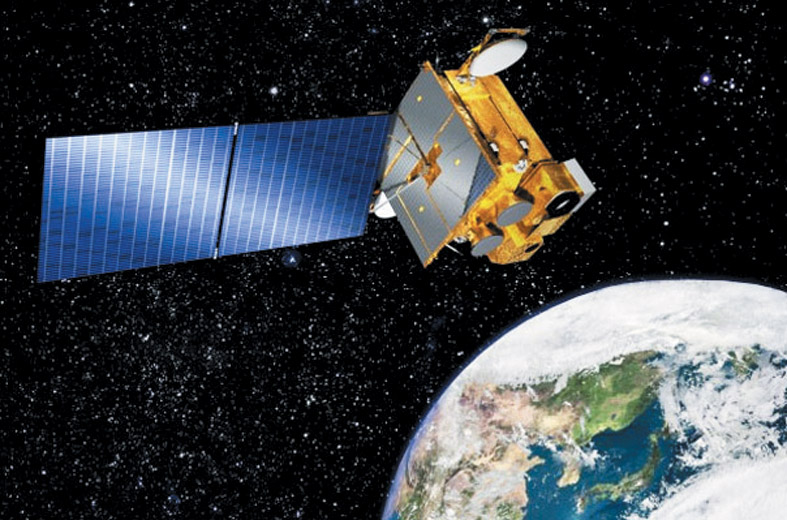In October of 2003, China became the third country to successfully launch a manned spaceship. It was a sign that heralded the second 'Space War'. After the easing of the Cold War, the growth of space development industry slowed. However, because of the Chinese success, many countries rushed into the space race again. Then, what is the position of Korean space science technology?
The levels of space science technology are usually divided into 4 groups. The first group is those countries that can develop satellites and launch vehicles with her own skills. The second is for the countries which can develop satellites but can not launch rockets. The third group refers to the countries with a basic level of technology to develop rockets and satellites. The fourth group includes the remaining countries which don't belong to the other groups. Russia, the United States, France, Japan, China, Britain, India, Israel and Iran belong to the first group, which is the so-called "Space Club".
Currently, Korea has limited technological skills to develop rockets and satellites, which means she is a member of the third group. Paik Hong-yul, a research staff member of the Korea Aerospace Research Institute, said, "Compared with advanced countries, Korea has achieved a 70-80% level of skills regarding satellites and a 40-50% level in high-precision payloads. Korean rocket technology is still insufficient, but Korea will join the "Space Club" if we succeed in firing KSLV-1 Naro."
Korea has set a goal to become one of the top 10 advanced countries of space technology by 2015. For this, Korea made a lot of policies and strategies at the national level. Korea has a short history of space development, less than 20 years; KITSAT-1, the first satellite of Korea, blasted off in 1992. Considering its late start, the fact that Korea produced her first astronaut in 2008 and will launch KSLV-1 Naro for the second time next month is literally remarkable. Korea will need more investment in space science technology for keeping up this space.



 All
All






 이본
이본











